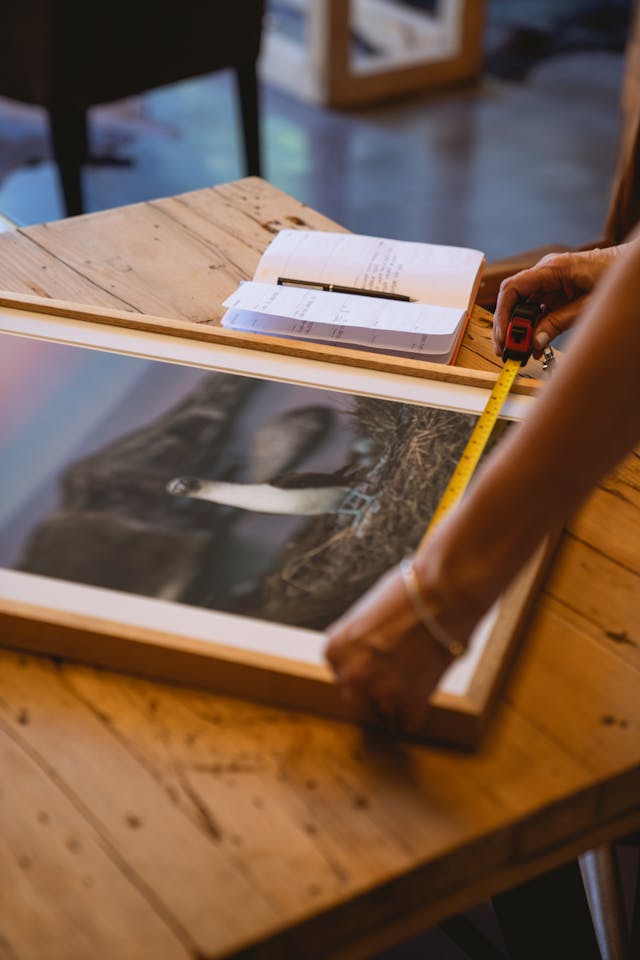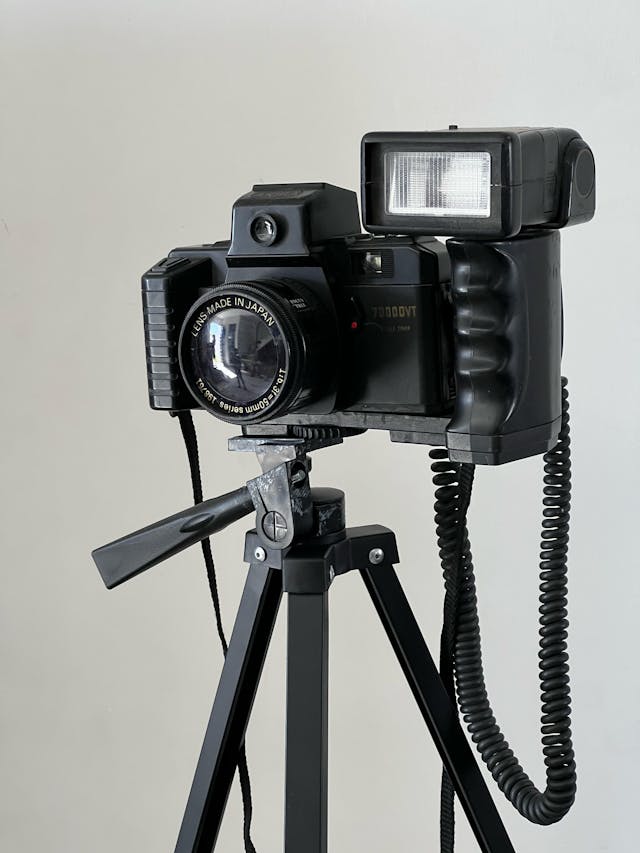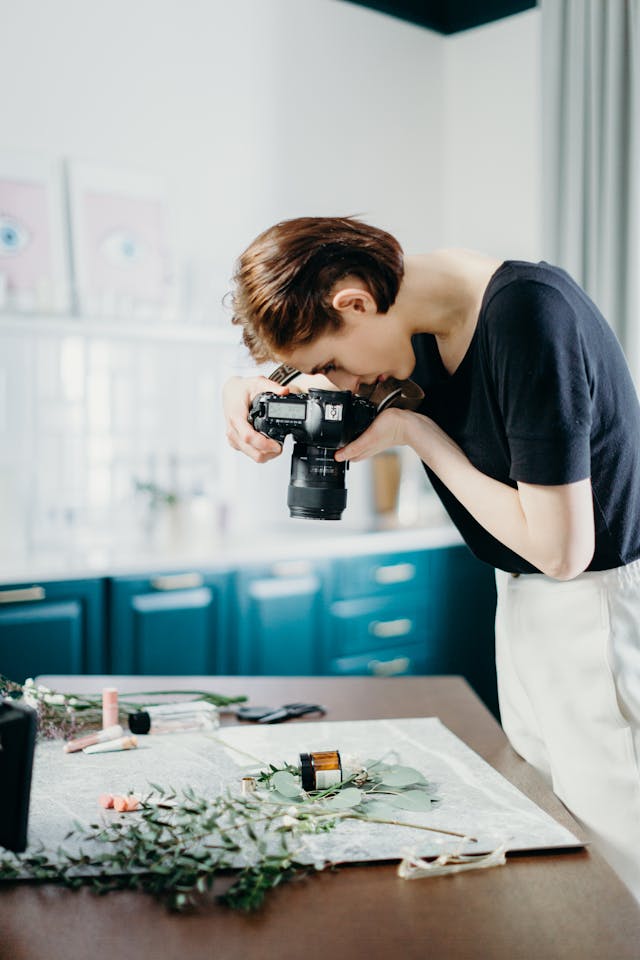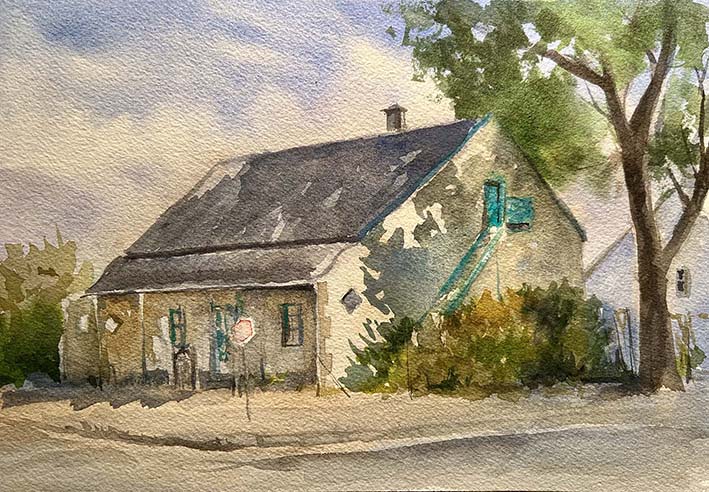Photography Tips for Artists: Capturing Your Work Digitally and Why it is Important

As an artist, showcasing your work through digital platforms is crucial for reaching a wider audience. Whether you’re selling your art online, sharing it on social media, or creating a digital portfolio, high-quality photos are essential to represent your pieces accurately. Here are some photography tips for artists to photograph their artwork and achieve the best possible digital representation.
1. Natural Light is Key
One of the best ways to capture your artwork is by using natural light. Direct sunlight can create harsh shadows, so aim for soft, diffused light. A cloudy day provides excellent lighting, or you can photograph your work near a large window with indirect light. This helps in achieving true-to-life colors and details, avoiding the distortions that artificial lighting can cause.
2. Use a Tripod for Stability
To avoid blurry photos, use a tripod to keep your camera steady. This is especially important for close-up shots where even the slightest movement can result in a less sharp image. A tripod helps maintain consistent composition and focus throughout your session, ensuring crisp, clear images every time. This is one of the most important photography tips for artists. Nobody will look at your work if the photos are blurred.

3. Position the Artwork Properly
When photographing flat artwork like paintings, place it on a clean, neutral background, ideally a white or light-colored surface. Ensure the piece is perfectly perpendicular to the camera to avoid distortion. For three-dimensional art, like sculptures, consider multiple angles to capture the piece in its entirety and highlight key details.
4. Avoid Flash
While it may seem like an easy solution for dim lighting, using a flash can create unwanted reflections, shadows, and overexposure. Instead, rely on ambient light or add additional soft lighting to illuminate your piece without the harsh effects of a flash.
5. Adjust Your Camera Settings
If you’re using a DSLR or mirrorless camera, make sure to adjust your white balance settings. This will ensure the colors in your photos are true to the artwork’s original hues. Set your camera to a low ISO to avoid noise and graininess, and use a small aperture (high f-stop number) for greater depth of field and sharpness.

6. Edit Your Photos
Another important photography tip for artists is: once you’ve taken your photos, don’t be afraid to edit them slightly. Adjusting brightness, contrast, and sharpness can make a big difference in presenting your work in its best light. However, be careful not to over-edit, as you want to maintain the authenticity of your artwork.
By following these tips, artists can ensure their work is captured digitally with precision and clarity. High-quality photos will not only enhance the visibility of your art but also help you present your creations in the most professional way possible.
Why Good Photos are Important for the Artist
In the digital age, a well-photographed piece of artwork can significantly impact how an artist is perceived and how their work is sold. Here are a few key reasons why high-quality photos are crucial for artists:
1. Accurate Representation of Your Work
Good photos ensure that your art is represented as accurately as possible. The colors, textures, and details in your artwork can be easily lost or misrepresented in poorly taken photos. A clear, well-lit image allows potential buyers or viewers to appreciate the true quality of your work, giving them a more genuine experience of your art before seeing it in person.
2. First Impressions Matter
In a world of online galleries, social media, and digital portfolios, a viewer’s first interaction with your work is often through a photo. If your image is blurry, poorly lit, or distorted, it can leave a negative first impression, causing potential buyers or fans to move on quickly. High-quality photos create an immediate sense of professionalism and can make your artwork stand out in a competitive market.

3. Better Online Sales Opportunities
For artists selling their work online, whether through personal websites, galleries, or e-commerce platforms, good photos are critical. Buyers can’t physically touch or experience the piece, so a well-captured image is their only way to judge the work. Crisp, well-lit photos inspire confidence and can increase the likelihood of a sale. In fact, the quality of your photos may even influence the price buyers are willing to pay.
4. Marketing and Branding
Good photography is a key part of your personal brand as an artist. It helps establish a cohesive, professional image across all your marketing materials, from your website to your social media profiles. Consistently using high-quality photos of your work will convey that you take your art seriously and are dedicated to presenting it in the best possible way.
5. Documenting Your Work
A clear, high-quality photograph is not only useful for promotional purposes, but it’s also an essential way to document your artwork for future reference. Whether for your portfolio, exhibitions, or simply as a record of your artistic journey, good photos allow you to catalog your work in a way that’s organized, accessible, and visually appealing.
6. Expanding Your Reach
With the rise of online communities and digital platforms, artists now have the opportunity to reach a global audience. High-quality photos make it easier to share your art across social media platforms, art websites, and online exhibitions. The better the quality of your images, the more likely they are to be shared, which increases exposure and can lead to new opportunities and fans.
In essence, good photos are an investment in your art’s visibility and reputation. Whether you’re selling your work, promoting your brand, or simply documenting your creative progress, a well-captured image is one of the most powerful tools an artist has in the digital world.

